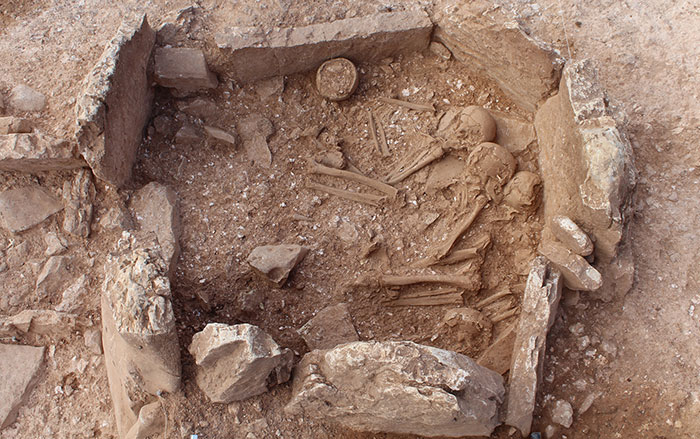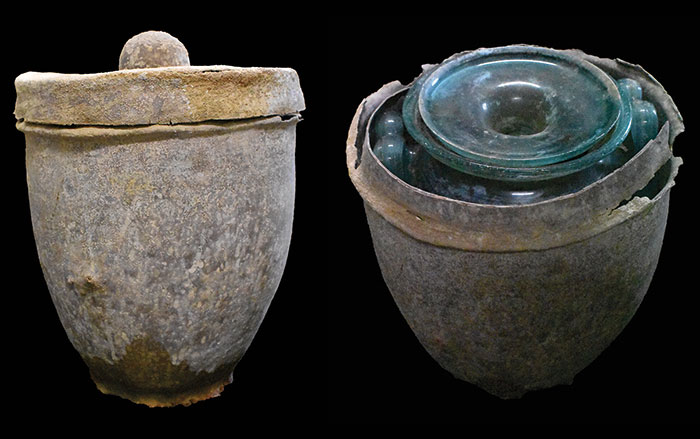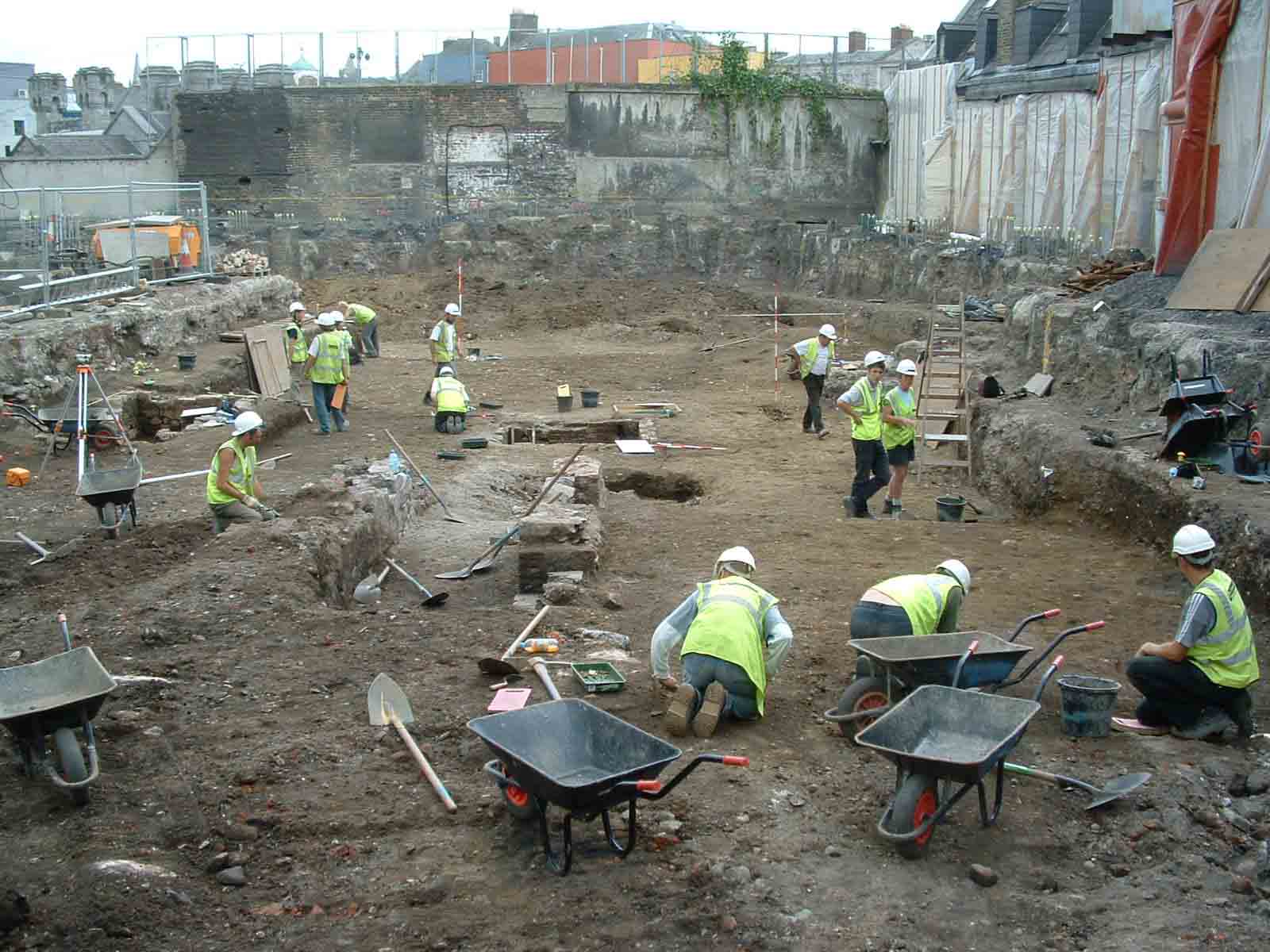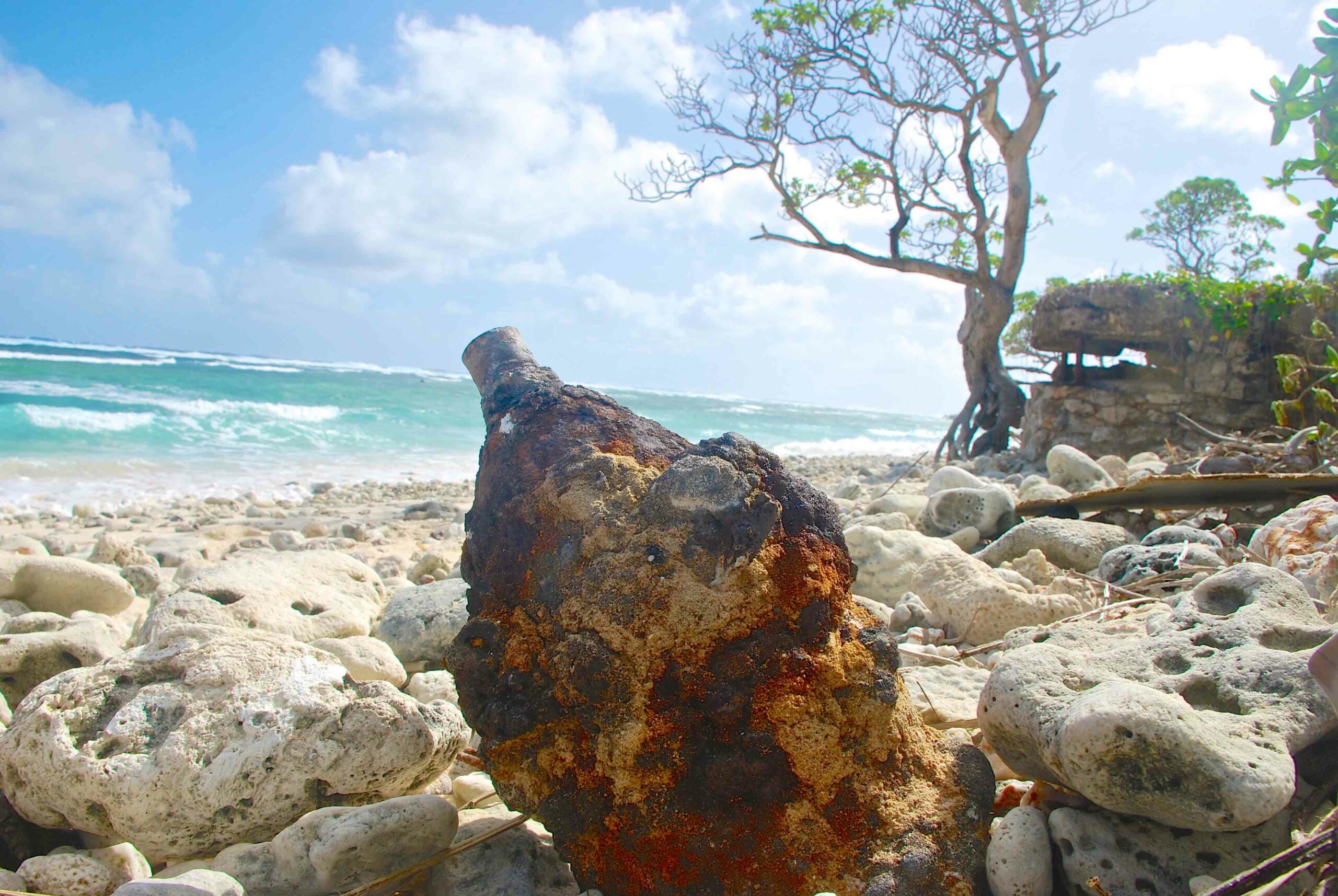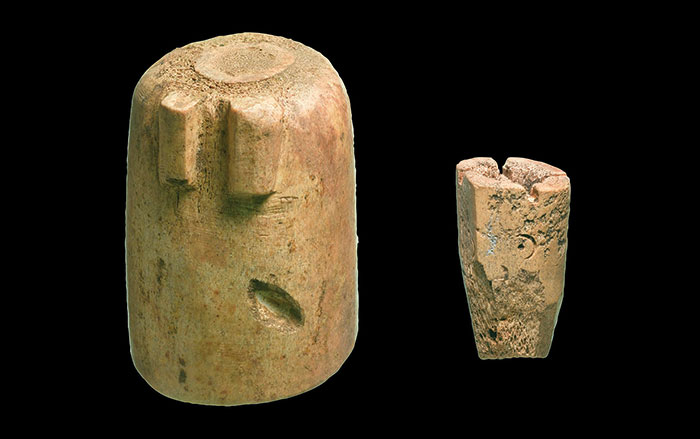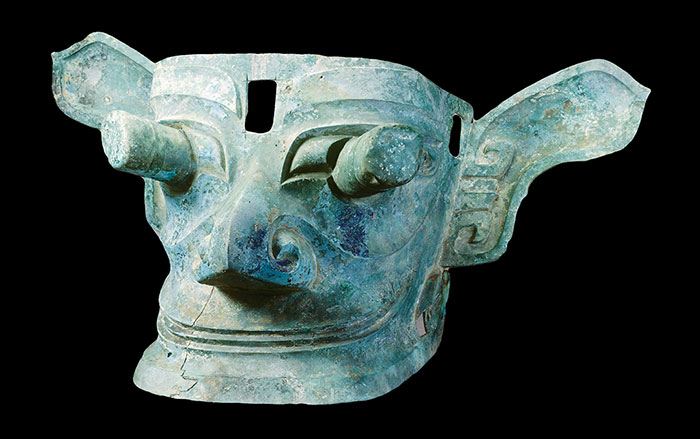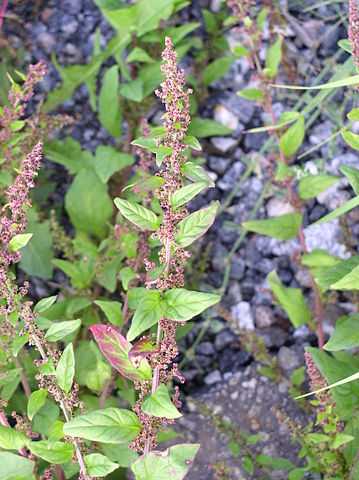
VIZCAYA, SPAIN—Plant pollen found in the Paleolithic tomb of Spain’s Red Lady suggests that she had been buried with flowers. The tomb, discovered in El Mirón Cave in 2010, contained the 18,700-year-old remains of a woman aged between 35 and 40 years old at the time of death. Her bones, reddish in color from ochre, had been placed between the wall of the cave and an engraved block that had come away from the roof. Ochre was also found in the sediments around the remains. The pollen analysis, conducted by Maria José Iriarte and Alvaro Arrizabalaga of The UPV/EHU-University of the Basque Country, and Gloria Cuenca of the University of Zaragoza, revealed a high concentration of plants from the goosefoot family that were not present at this time in other parts of the cave. “They put whole flowers on the tomb, but it has not been possible to say whether the aim of placing plants was to do with a ritual offering for the dead person, or whether it was for a simpler purpose like, for example, to ward off the bad smells associated with the burial,” Iriarte said in a press release. To read about a spectacular piece of Paleolithic art, see "A New Life for Lion Man."




